I posted this on Facebook and might be of interest to those around in the 70s’. This was back in 2005, they had a special disco exhibit at Lincoln Center in New York City. It was a traveling exhibit which did hit a couple of cities back then. I caught the exhibit back 2005 NYC. Unlike in the 1980s and on, I don’t have many photos from the 1980 and no video. I didn’t my first video camera in 1983.
I found the write up about it from 2005 
Disco : A Decade of Saturday Nights - Exhibition at The New York Public Library Exhibition at The New York Public Library for the Performing Arts Brings Disco Back to the City that Spawned It. New York, NY -- Love it, hate it, or plead oblivious to its insistent moment, disco was an undeniably ubiquitous and transformative cultural phenomenon. Disco: A Decade of Saturday Nights is the first major exhibition to explore the historical context and continuing influence of the rich, complex world of disco as it has affected the musical, social, cultural (and polyester) fabric of America and the world. Created and first presented by Seattle's Experience Music Project (EMP), this multimedia, interactive extravaganza of an exhibition brings the disco phenomenon back to where it all began. Disco: A Decade of Saturday Nights will be on view from February 1 through May 14, 2005 in the Donald and Mary Oenslager Gallery of The New York Public Library for the Performing Arts Dorothy and Lewis B. Cullman Center, 40 Lincoln Center Plaza. Admission to the exhibition is free. Disco started in the lofts of the lively but disenfranchised in New York City -- those who played and danced to what was, quite literally, a different drumbeat. It spread like wildfire, revolutionizing the recording industry and becoming along the way the liberator of the marginalized, the soundtrack to the pre-AIDS spread of sexual liberation into the suburbs, and eventually the backdrop for the flaunting of excess and exclusivity at clubs like Studio 54. In the wake of Saturday Night Fever , it gave rise to an unprecedented commercial saturation, serving as the medium for marketing virtually anything and everything marketable. And then it died, as seismically as it had begun. Or did it? Disco: A Decade of Saturday Nights includes more than 200 artifacts from the disco era, as well as a dozen video monitors showing a percussive stream of vintage images, classic footage (such as "Disco Step-by-Step," the first television show dedicated to disco music, dance and instruction), and filmed interviews with disco pioneers; listening stations and kiosks holding a wealth of songs (from early house party music to the funk of "Soul Makossa" to the homogenized BeeGees megahits to Ethel Merman getting a case of disco fever); and an interactive DJ booth at which visitors may create their own dance mixes. Among the dazzling array of historical materials are the drums Earl Young used to invent the four-on-the-floor disco beat; examples of the sound equipment that gave birth to the disco mix; and a collection of that disco innovation, the 12-inch single. There are stage costumes worn by Donna Summer, Nile Rodgers, Patti Labelle, The BeeGees, and other performers, and of course, the iconic white suit from Saturday Night Fever ; and disco era fashions from designers including Halston and Bonnie August for Danskin. The collection continues with album covers; posters; club souvenirs and membership cards; and photographs and film galore of the dancers and DJ's who were the true stars of the phenomenon, and of the famous and infamous denizens of the landmark clubs and worldwide scene. There is memorabilia from many of the regional disco venues (which at one time outnumbered McDonald's outlets in the United States); a letter from Barbra Streisand to DJ Nicky Siano; documentation of the burgeoning of San Francisco's gay liberation movement; and an exact replica of the Moon and Spoon sign regularly lowered over the dance floor during Studio 54's heyday. And there is ample evidence of the selling of disco, from a Sears Disco Pooh record player to Wolfman Jack's Disco Party flying disc; as well as artifacts of the "disco sucks" reaction to disco's pervasiveness, which culminated in the burning of 10,000 disco records and an attendant riot at Chicago's Comiskey Park in 1979. "When I saw Disco: A Decade of Saturday Nights in Seattle I knew that I had to bring it to New York," said Jacqueline Z. Davis, The Barbara G. and Lawrence A. Fleischman Executive Director of The New York Public Library for the Performing Arts. "What I didn't know was just how powerful and widespread the appeal of disco remains. There is a groundswell of disco dancers, DJ's, club owners, and veterans of the early days as well as new aficionados that have come out of the woodwork en masse since news of our hosting this exhibition was only a rumor. We are expecting a huge turnout for the run of the exhibition and for its opening party on January 31." Disco: A Decade of Saturday Nights was curated by Eric Weisbard, Ann Powers, and Ben London. A series of free public programs complementing the exhibition, yet to be announced, will be held in the Library's Bruno Walter Auditorium. Disco: A Decade of Saturday Nights will be on view from February 1, 2005 through May 14, 2005 in the Donald and Mary Oenslager Gallery, The New York Public Library for the Performing Arts Dorothy and Lewis B. Cullman Center, 40 Lincoln Center Plaza, New York. Exhibition hours are Tuesday, Wednesday, Friday, and Saturday, 12 noon to 6 p.m.; Thursday, 12 noon to 8 p.m.; closed Sundays, Mondays, and holidays. Admission is free. For further information, telephone 212.870.1630 or visit www.nypl.org.
I found the write up about it from 2005 
Disco : A Decade of Saturday Nights - Exhibition at The New York Public Library Exhibition at The New York Public Library for the Performing Arts Brings Disco Back to the City that Spawned It. New York, NY -- Love it, hate it, or plead oblivious to its insistent moment, disco was an undeniably ubiquitous and transformative cultural phenomenon. Disco: A Decade of Saturday Nights is the first major exhibition to explore the historical context and continuing influence of the rich, complex world of disco as it has affected the musical, social, cultural (and polyester) fabric of America and the world. Created and first presented by Seattle's Experience Music Project (EMP), this multimedia, interactive extravaganza of an exhibition brings the disco phenomenon back to where it all began. Disco: A Decade of Saturday Nights will be on view from February 1 through May 14, 2005 in the Donald and Mary Oenslager Gallery of The New York Public Library for the Performing Arts Dorothy and Lewis B. Cullman Center, 40 Lincoln Center Plaza. Admission to the exhibition is free. Disco started in the lofts of the lively but disenfranchised in New York City -- those who played and danced to what was, quite literally, a different drumbeat. It spread like wildfire, revolutionizing the recording industry and becoming along the way the liberator of the marginalized, the soundtrack to the pre-AIDS spread of sexual liberation into the suburbs, and eventually the backdrop for the flaunting of excess and exclusivity at clubs like Studio 54. In the wake of Saturday Night Fever , it gave rise to an unprecedented commercial saturation, serving as the medium for marketing virtually anything and everything marketable. And then it died, as seismically as it had begun. Or did it? Disco: A Decade of Saturday Nights includes more than 200 artifacts from the disco era, as well as a dozen video monitors showing a percussive stream of vintage images, classic footage (such as "Disco Step-by-Step," the first television show dedicated to disco music, dance and instruction), and filmed interviews with disco pioneers; listening stations and kiosks holding a wealth of songs (from early house party music to the funk of "Soul Makossa" to the homogenized BeeGees megahits to Ethel Merman getting a case of disco fever); and an interactive DJ booth at which visitors may create their own dance mixes. Among the dazzling array of historical materials are the drums Earl Young used to invent the four-on-the-floor disco beat; examples of the sound equipment that gave birth to the disco mix; and a collection of that disco innovation, the 12-inch single. There are stage costumes worn by Donna Summer, Nile Rodgers, Patti Labelle, The BeeGees, and other performers, and of course, the iconic white suit from Saturday Night Fever ; and disco era fashions from designers including Halston and Bonnie August for Danskin. The collection continues with album covers; posters; club souvenirs and membership cards; and photographs and film galore of the dancers and DJ's who were the true stars of the phenomenon, and of the famous and infamous denizens of the landmark clubs and worldwide scene. There is memorabilia from many of the regional disco venues (which at one time outnumbered McDonald's outlets in the United States); a letter from Barbra Streisand to DJ Nicky Siano; documentation of the burgeoning of San Francisco's gay liberation movement; and an exact replica of the Moon and Spoon sign regularly lowered over the dance floor during Studio 54's heyday. And there is ample evidence of the selling of disco, from a Sears Disco Pooh record player to Wolfman Jack's Disco Party flying disc; as well as artifacts of the "disco sucks" reaction to disco's pervasiveness, which culminated in the burning of 10,000 disco records and an attendant riot at Chicago's Comiskey Park in 1979. "When I saw Disco: A Decade of Saturday Nights in Seattle I knew that I had to bring it to New York," said Jacqueline Z. Davis, The Barbara G. and Lawrence A. Fleischman Executive Director of The New York Public Library for the Performing Arts. "What I didn't know was just how powerful and widespread the appeal of disco remains. There is a groundswell of disco dancers, DJ's, club owners, and veterans of the early days as well as new aficionados that have come out of the woodwork en masse since news of our hosting this exhibition was only a rumor. We are expecting a huge turnout for the run of the exhibition and for its opening party on January 31." Disco: A Decade of Saturday Nights was curated by Eric Weisbard, Ann Powers, and Ben London. A series of free public programs complementing the exhibition, yet to be announced, will be held in the Library's Bruno Walter Auditorium. Disco: A Decade of Saturday Nights will be on view from February 1, 2005 through May 14, 2005 in the Donald and Mary Oenslager Gallery, The New York Public Library for the Performing Arts Dorothy and Lewis B. Cullman Center, 40 Lincoln Center Plaza, New York. Exhibition hours are Tuesday, Wednesday, Friday, and Saturday, 12 noon to 6 p.m.; Thursday, 12 noon to 8 p.m.; closed Sundays, Mondays, and holidays. Admission is free. For further information, telephone 212.870.1630 or visit www.nypl.org.
Attachments
-
 DSC00020.jpeg397.1 KB · Views: 3
DSC00020.jpeg397.1 KB · Views: 3 -
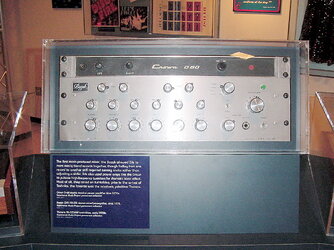 DSC00018.jpeg494.1 KB · Views: 2
DSC00018.jpeg494.1 KB · Views: 2 -
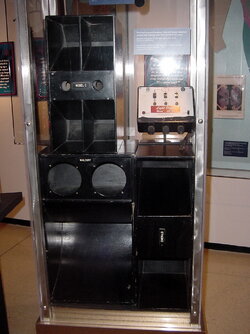 DSC00022.jpeg322.9 KB · Views: 2
DSC00022.jpeg322.9 KB · Views: 2 -
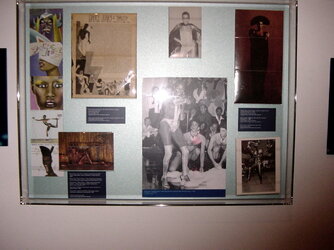 DSC00017.jpeg386.1 KB · Views: 2
DSC00017.jpeg386.1 KB · Views: 2 -
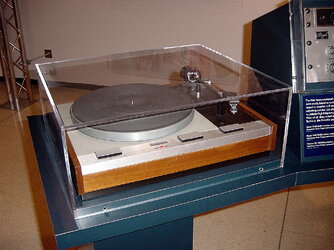 DSC00036.jpeg395.9 KB · Views: 2
DSC00036.jpeg395.9 KB · Views: 2 -
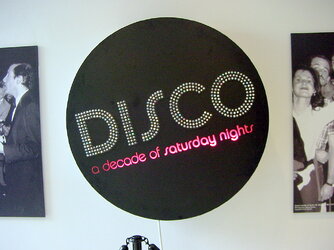 DSC00046.jpeg466.5 KB · Views: 3
DSC00046.jpeg466.5 KB · Views: 3 -
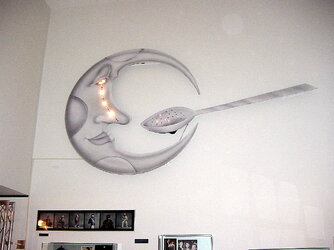 DSC00035.jpeg511.5 KB · Views: 4
DSC00035.jpeg511.5 KB · Views: 4 -
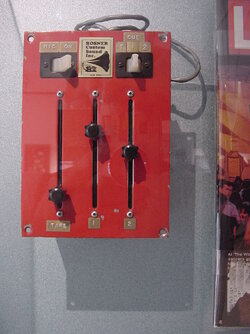 DSC00032.jpeg389.5 KB · Views: 3
DSC00032.jpeg389.5 KB · Views: 3 -
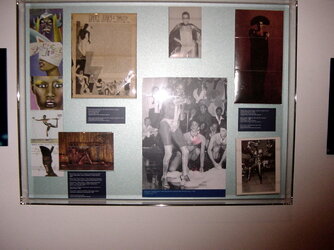 DSC00017.jpeg386.1 KB · Views: 3
DSC00017.jpeg386.1 KB · Views: 3 -
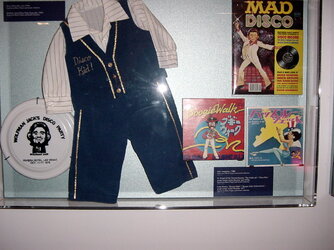 DSC00025.jpeg291.2 KB · Views: 4
DSC00025.jpeg291.2 KB · Views: 4 -
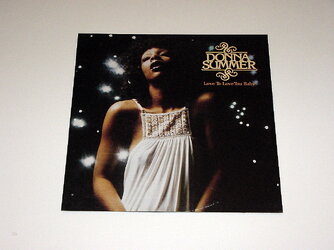 DSC00042.jpeg409.4 KB · Views: 3
DSC00042.jpeg409.4 KB · Views: 3 -
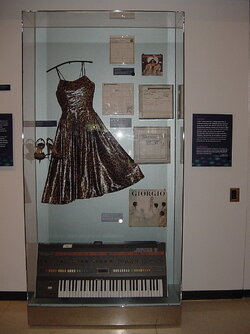 DSC00041.jpeg295.5 KB · Views: 2
DSC00041.jpeg295.5 KB · Views: 2 -
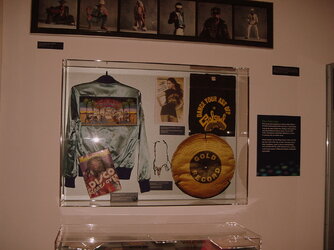 DSC00040.jpeg312 KB · Views: 2
DSC00040.jpeg312 KB · Views: 2 -
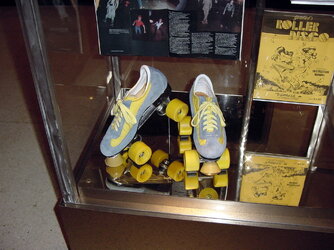 DSC00045.jpeg314.6 KB · Views: 3
DSC00045.jpeg314.6 KB · Views: 3 -
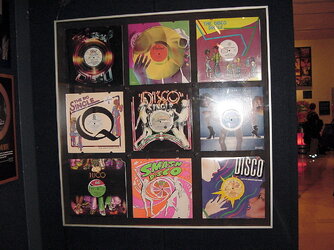 DSC00044.jpeg422.6 KB · Views: 2
DSC00044.jpeg422.6 KB · Views: 2 -
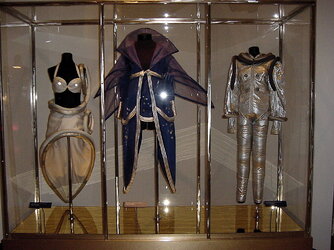 DSC00043.jpeg369.7 KB · Views: 2
DSC00043.jpeg369.7 KB · Views: 2 -
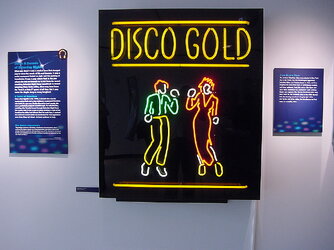 DSC00033.jpeg401.5 KB · Views: 3
DSC00033.jpeg401.5 KB · Views: 3 -
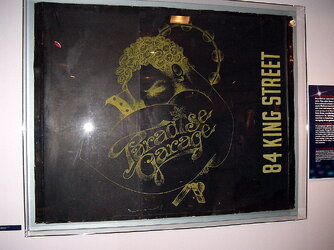 DSC00026.jpeg414.1 KB · Views: 2
DSC00026.jpeg414.1 KB · Views: 2 -
 DSC00023.jpeg322.1 KB · Views: 2
DSC00023.jpeg322.1 KB · Views: 2 -
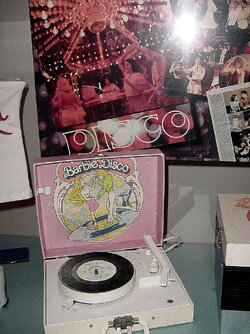 DSC00024.jpeg355.9 KB · Views: 3
DSC00024.jpeg355.9 KB · Views: 3 -
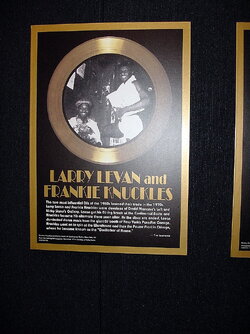 DSC00037.jpeg374.9 KB · Views: 3
DSC00037.jpeg374.9 KB · Views: 3


